Proteins with similar domain structures and activities have been found throughout eukaryotes, demonstrating that this protein family arose from an ancient ancestor.
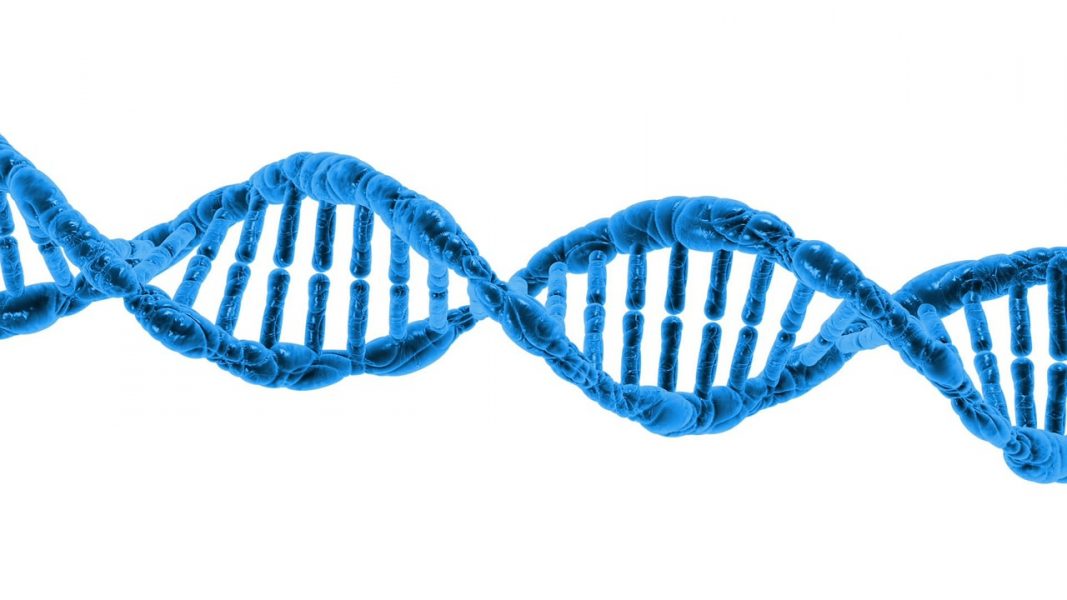


Proteins with similar domain structures and activities have been found throughout eukaryotes, demonstrating that this protein family arose from an ancient ancestor.
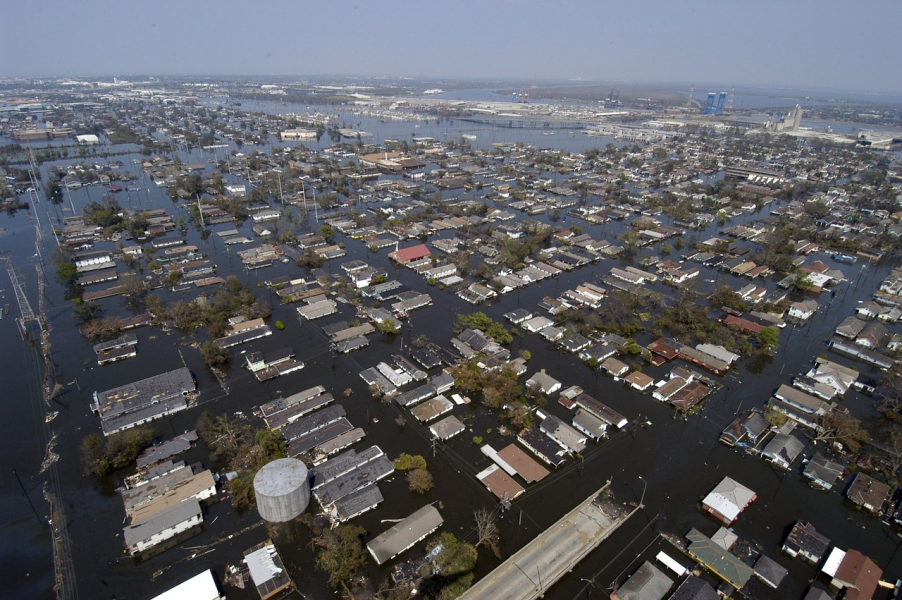
Climate resilience is increasingly prioritized by international development agencies and national governments. However, current approaches to informing communities of future climate risk are problematic.

The potential of the proposed local communities and Indigenous peoples’ platform to effectively engage traditional ecological knowledge (TEK) for climate policy is evalutated.
A strong theoretical insight into the struggles surrounding the future of coal in Germany.

The literature on climate change litigation highlights key emerging, interdisciplinary themes including the role of science, time, place and human rights claims in climate change litigation and explores the relationship between litigation and climate governance.
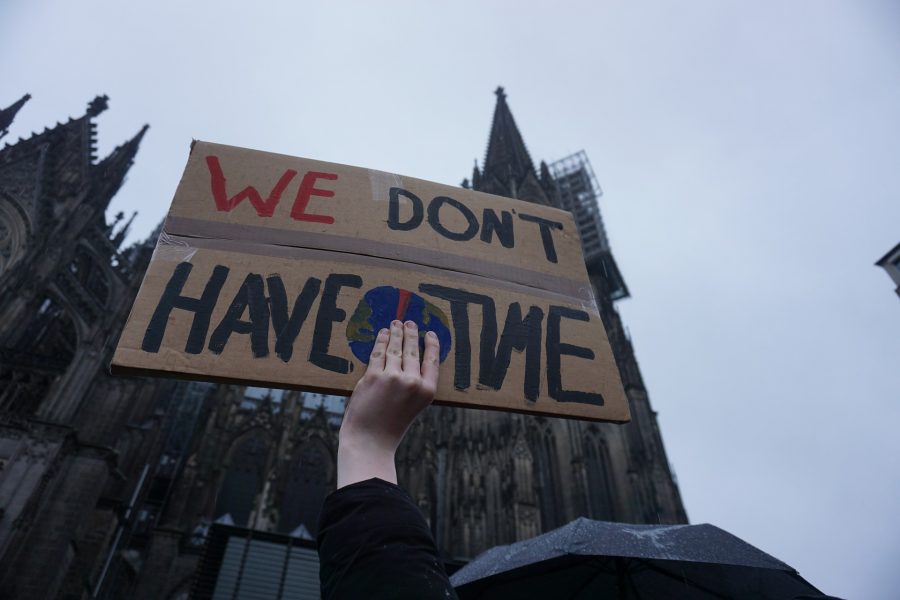
The 2015 Paris Agreement on Climate Change’s collective goal—keeping global warming “well below” 2°C above pre-industrial levels—remains ambitious.
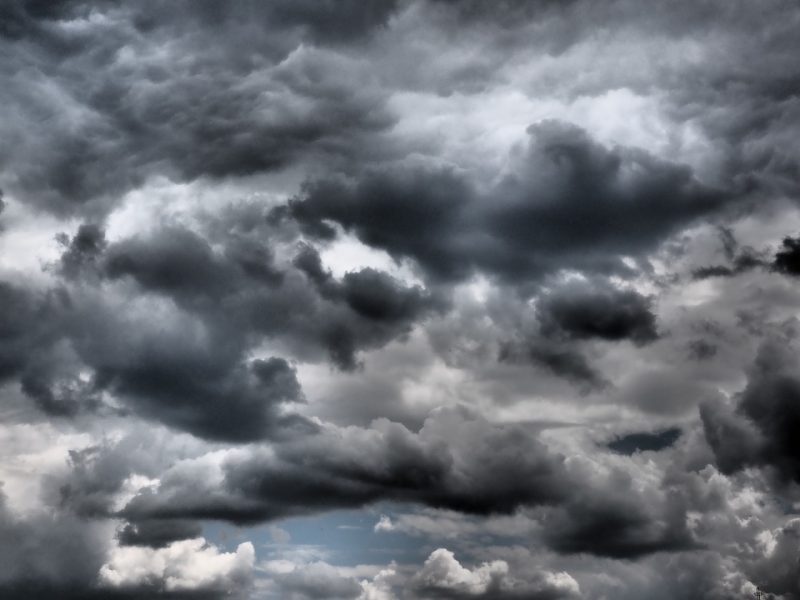
As actor and playwright, Shakespeare saw the sky as a theatrical element. While his so‐called festive comedies appear far less festive if we pay attention to their climatic specificities, his tragedies offer interesting insights into the way the playwright associates heavens and humors on the one hand, climate and the planets on the other.
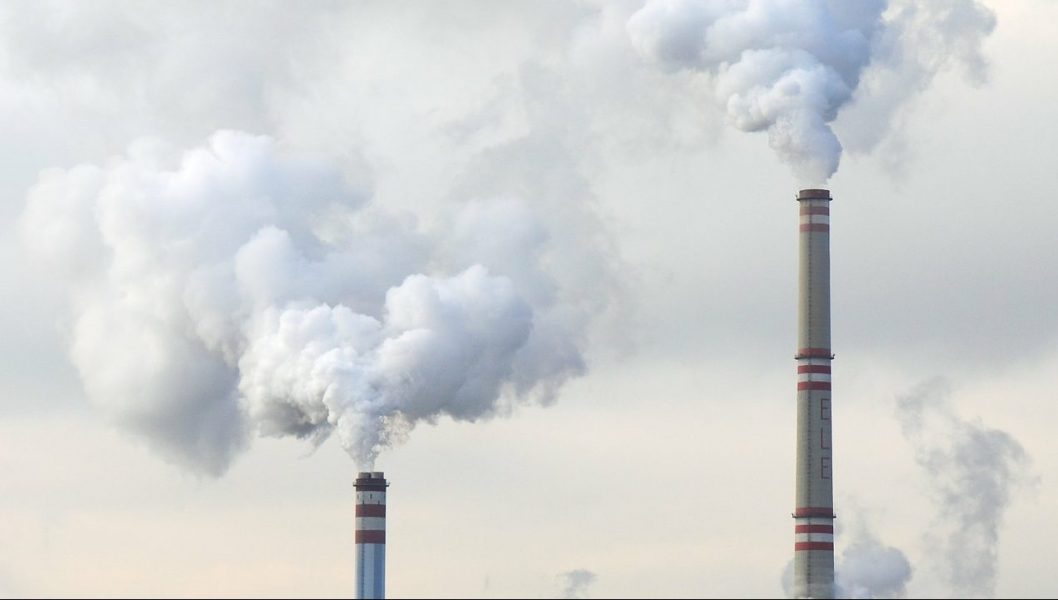
The production and consumption of fossil fuels need to decrease significantly to meet the 2015 Paris Agreement’s ambitious climate change goals. However, fossil fuels continue to receive significant amounts of government support.
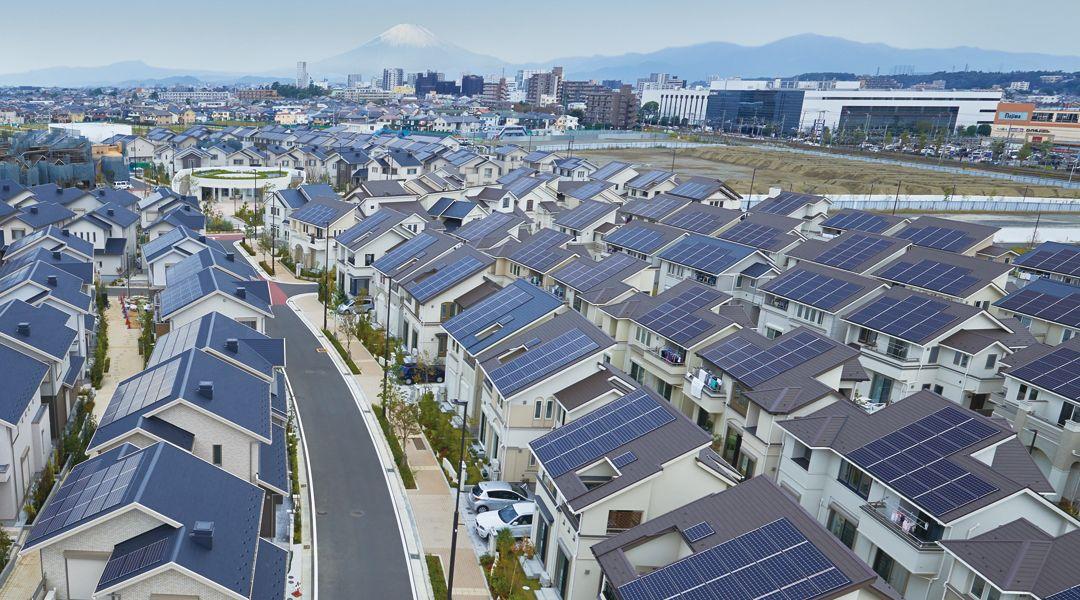
Recent efforts to reduce energy consumption and greenhouse gas emissions have resulted in the development of sustainable, smart districts with highly energy-efficient buildings, renewable distributed energy resources (DERs), and support for alternative modes of transportation.

Despite decades of producing climate change knowledge and engaging in science communication and policy advising, there is still no discernible structural shift from a high‐ to a low‐ or even zero‐carbon‐emissions development pathway.